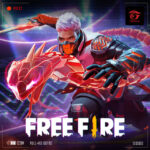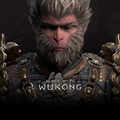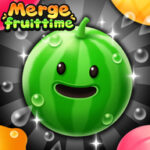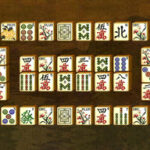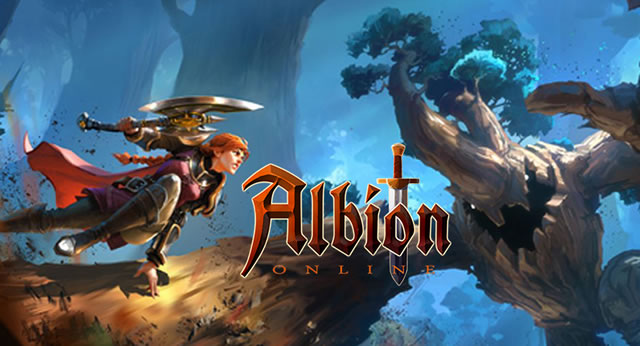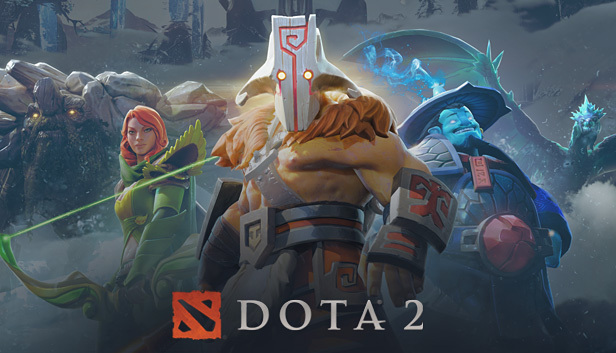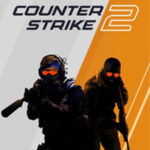Introduction
Launched on October 27, 2009, by Riot Games, League of Legends (LoL) transformed from a modest Warcraft III mod-inspired MOBA into one of the world’s most influential games. Over 15 years, LoL has continuously expanded its champion roster, refined gameplay systems, built a tournament juggernaut, and grown into a multimedia franchise—spawning Arcane, music groups like K/DA, spin‑off games, comics, books, and more. As of 2025, it boasts around 168 champions and an esports circuit unmatched in scale, while maintaining its core identity as a competitive, strategic multiplayer experience .
1: Origins and Early Seasons (2005–2011)
From DOTA Mod to Stand‑Alone Game
Begun in 2005 by former DOTA modders Steve ‘Guinsoo’ Feak and Pendragon in partnership with Riot Games, League of Legends evolved over four years into its own entity. The public beta in April 2009 introduced 17 champions; by launch in October that year, it offered a roster of around 40 and a polished Summoner’s Rift experience.
Competitive Debut: Season One
Season 1 officially began on July 13, 2010, adding ranked gameplay, draft pick, and the first World Championship at DreamHack in Jönköping, Sweden. Riot released 29 champions over the season, then concluded mid‑2011 with European team Fnatic winning the inaugural global title. The success of that early tournament affirmed the potential of LoL as an international esport.
2: Expansion, Economy Overhaul & System Reworks (2012–2018)
Seasons 2–7: Rise of Esports and Feature Growth
Season 2 launched November 2011, trending Riot’s reach into global esports. Over the next Seasons (3–7), ranked modes, trinkets, Vision Rework, elemental dragons, and the ten-ban system were added. Season 8 (2018) brought the major Runes Reforged update and converted the “IP” currency into Blue Essence, improving accessibility while opening Hextech loot and microtransaction systems.
Lore Resurgence & Creative Staffing
Initially, lore was minimal; Rift was presented as a tool for Summoners. In 2014, Riot rebooted their narrative world, removing Summoners and recasting Runeterra as the universe. They hired writers like Graham McNeill—elevating champion biographies, events, and media tie‑ins like comics and stories.
3: Esports Maturation & Community Explosion (2011–2019)
Global Tournaments and Viewership Peaks
From Season 1’s modest $50K championship to Season 5’s Rift Herald addition and growing prize pools, LoL esports established itself. By 2019, Worlds boasted over 100 million unique viewers and record-breaking peaks. Parallel tournaments like Mid‑Season Invitational, regional leagues, and eventually the First Stand Tournament in 2025 expanded global competition format.
Community Tools & Toxicity Challenges
Features such as Co‑op vs AI (2011), Tribunal for moderation, and replay tools grew community interaction and fairness. However, toxicity emerged as a persistent issue. Academic studies of chat logs and player behavior found evidence of frequent abusive language, necessitating automated detection tools and community enforcement. Players on Reddit often complain:
“The biggest con is the absolutely toxic community…”
4: Champions, Mechanics & System Iterations (2016–2021)
Champion Releases and Reworks
LoL began balancing champion power not only via patches but full reworks—starting with Kayle in 2010. Riot continued to expand champion complexity, introducing new roles, broader fantasy themes, and retcons to fit evolving lore. By 2025 the roster includes 168 champions, each tied to narrative seasons or regions.
Systems Updates: Hextech, Runes, and Item Overhaul
Hextech crafting debuted in 2016, rewarding play with chest-based loot and champion shards. Runes Reforged in 2018 replaced the old IP-heavy rune system. In 2021, Riot launched Mythic items and a new item ecosystem, which was later reworked and partially removed during Season 14 overhaul in 2024 to restore diversity.
5: Multimedia Expansion and Spin‑Offs (2019–2024)
Arcane, Music, Books and Franchise Growth
League expanded from game to franchise: Arcane debuted Nov 2021 on Netflix, followed by Season 2 in Nov 2024. Virtual bands (K/DA, Pentakill) released hits such as “Warriors,” “Legends Never Die.” Riot also launched spin‑offs like Legends of Runeterra, Wild Rift, and published books/comics set in the universe.
Narrative Seasons and Lore Expansion
Riot adopted themed narrative “seasons” tied to lore events—in 2025, the Noxus season featured a visual refresh for Summoner’s Rift aesthetic and introduced Atakhan, an epic jungle monster in two forms depending on kill count.
6: The 2025 Season & Noxus Arc
Season Structure & Themed Acts
In 2025, Riot adopted a three-split per year structure, each lasting around 8–16 weeks: Noxus, Spirit Blossom, etc. The First Split began Jan 9 2025 as “Welcome to Noxus,” followed by “Noxus Dark,” then Spirit Blossom. Each season included new content, battle passes, events and champion skins aligned with regions.
Atakhan and Map Updates
The highlight was Atakhan, spawning at 20 minutes in one of two forms—Ruinous or Veracious—impacting objectives and team strategies. Riot also refreshed Summoner’s Rift's visuals and updated champion Viktor and mage items, nerfed Teleport and introduced respawning Nexus towers to enliven mid-to-late game flow.
7: Esports in 2025 – First Stand & Esports World Cup
New Competitive Structure
Riot introduced the First Stand Tournament (FST), a new international lan event concluding Split 1 in March 2025, won by Hanwha Life Esports. This added depth to the 2025 competitive ecosystem alongside Worlds and MSI.
Esports World Cup Debut
For the first time, LoL was included in the 2025 Esports World Cup in Riyadh, Saudi Arabia (July 16–20), featuring 12 teams across regions. This expanded LoL’s visibility as part of multi‑title esports events with global reach.
8: Ratings Summary
Score Breakdown (★–★★★★★)
| Category | Score | Notes |
|---|---|---|
| Strategic Depth | ★★★★★ | Massive champion pool, evolving metas, tactical richness |
| Competitive & Esports | ★★★★★ | Premier global esports with massive engagement |
| Narrative & Multimedia | ★★★★☆ | Strong lore and transmedia projects like Arcane |
| Accessibility & Learning | ★★★☆☆ | Steep learning curve; onboarding could improve |
| Community Experience | ★★★☆☆ | Toxicity remains a serious issue despite tools |
| Monetization & Economy | ★★★★☆ | Free‑to‑play friendly but high‑end cosmetics can be cost-prohibitive |
Overall Score: ★★★★☆ (4.3 / 5)
9: Future Outlook & Final Thoughts
Looking Ahead – Darkin & Beyond
Riot’s ongoing narrative is now steering toward Ionia and the Darkin storyline—ancient god-warriors corrupted into sentient weapons. Future seasons promise new champions with ties to this mythos, deeper region-based seasons, and evolving cinematic storytelling.
Legacy and Continuing Relevance
Fifteen years on, League of Legends remains a dominant force. With regular gameplay innovations, rough seasonal storytelling, and a massive competitive ecosystem, LoL is far from stagnant. While criticisms about toxicity and monetization persist, Riot's ability to maintain a living, evolving ecosystem—alongside transmedia expansion—means LoL continues to define modern gaming culture. Expect more region-themed seasons, champion reveals, and multimedia tie-ins in the years ahead.
Conclusion
League of Legends is arguably the flagship of modern multiplayer gaming—a competitive, strategic, narrative, and community-driven experience that has withstood over a decade of change. From its humble beta origins to becoming a global esports and transmedia phenomenon, LoL has mastered the art of evolution. It remains compelling thanks to nearly 170 champions, constant updates, powerful lore expansions, and the magnetism of international tournaments. Though challenges around toxicity and monetization persist, its strengths outweigh flaws. Whether you're a clutch mid‑lane carry, lore enthusiast, or esports fan, League of Legends stands as a monumental achievement in gaming history—and with no signs of slowing down in 2025 and beyond.






